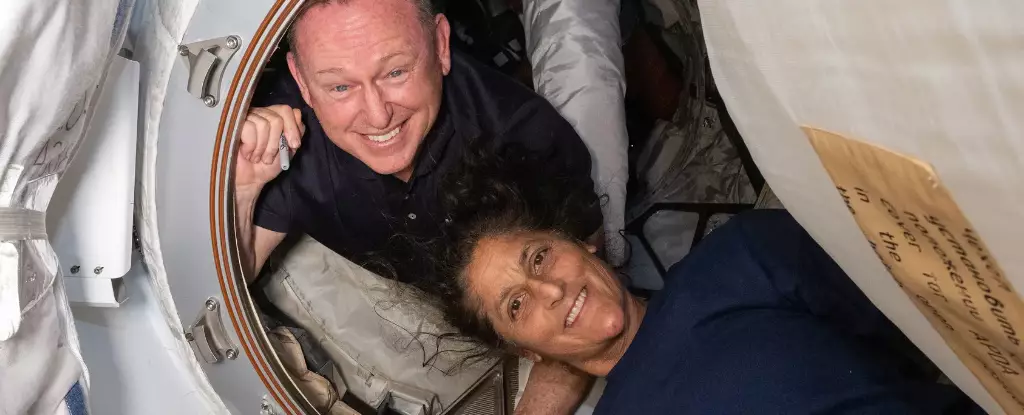In a surprising turn of events, two veteran American astronauts, Butch Wilmore and Suni Williams, who have been stationed aboard the International Space Station (ISS) since June, may soon find themselves heading back to Earth. Initially scheduled for a brief eight-day mission, both astronauts have extended their time in orbit to over eight months due to significant malfunctions in their Boeing Starliner spacecraft. NASA officials confirmed on Tuesday that significant adjustments to their repatriation timeline could see them returning as early as March.
The Technical Hurdles of Space Travel
The saga began when a propulsion issue compelled NASA to determine that the Starliner would not bring its occupants home and that the spacecraft would return uncrewed. After extensive assessments, the decision was made to pivot to SpaceX, a company renowned for its innovative space solutions. Elon Musk, frequently at the intersection of government contracting and technological advancement, pledged to prioritize the astronauts’ safe return. His assurance included a promise to expedite their journey back, potentially as early as the end of January.
The original plan for Crew-10—set to bring relief to Wilmore and Williams—had already been delayed due to scheduling issues, with a launch initially planned for later in March. However, NASA’s recent announcement confirmed that the mission is now set for March 12, contingent on the readiness of all mission components. This adjustment is notably significant given that the mission will utilize a previously flown Dragon spacecraft known as ‘Endurance,’ rather than a brand-new vehicle, allowing for a more streamlined process.
Maintaining Morale in Isolation
Despite the unexpected prolongation of their stay, Wilmore and Williams have remained remarkably optimistic. In January, they expressed satisfaction with their resources aboard the ISS, mentioning that they have sufficient food and are managing to keep their spirits elevated during a time that stretches standard durations for space missions. Their situation, while unique, is still far from the record set by astronaut Frank Rubio, who spent an astonishing 371 days in orbit before being successfully retrieved, a benchmark that serves both as a challenge and an inspiration.
This situation raises intriguing questions about human endurance and the challenges associated with prolonged space missions. The complexities surrounding space travel are undeniable, with technical failures creating potential hazards that can lead to extended stays—or worse, lingering risks to health and safety. As humanity continues to venture further from Earth, understanding and mitigating these challenges will be crucial in future missions.
Ultimately, the journey of Wilmore and Williams underscores the resilience of astronauts and the ongoing evolution of space travel logistics. Their return is not just a personal achievement but represents broader strides in America’s continued commitment to exploring the final frontier. As we look forward to March and the probable return of the astronauts, their experience serves as a testament to both human spirit and the technological ingenuity that underpins modern space exploration.

